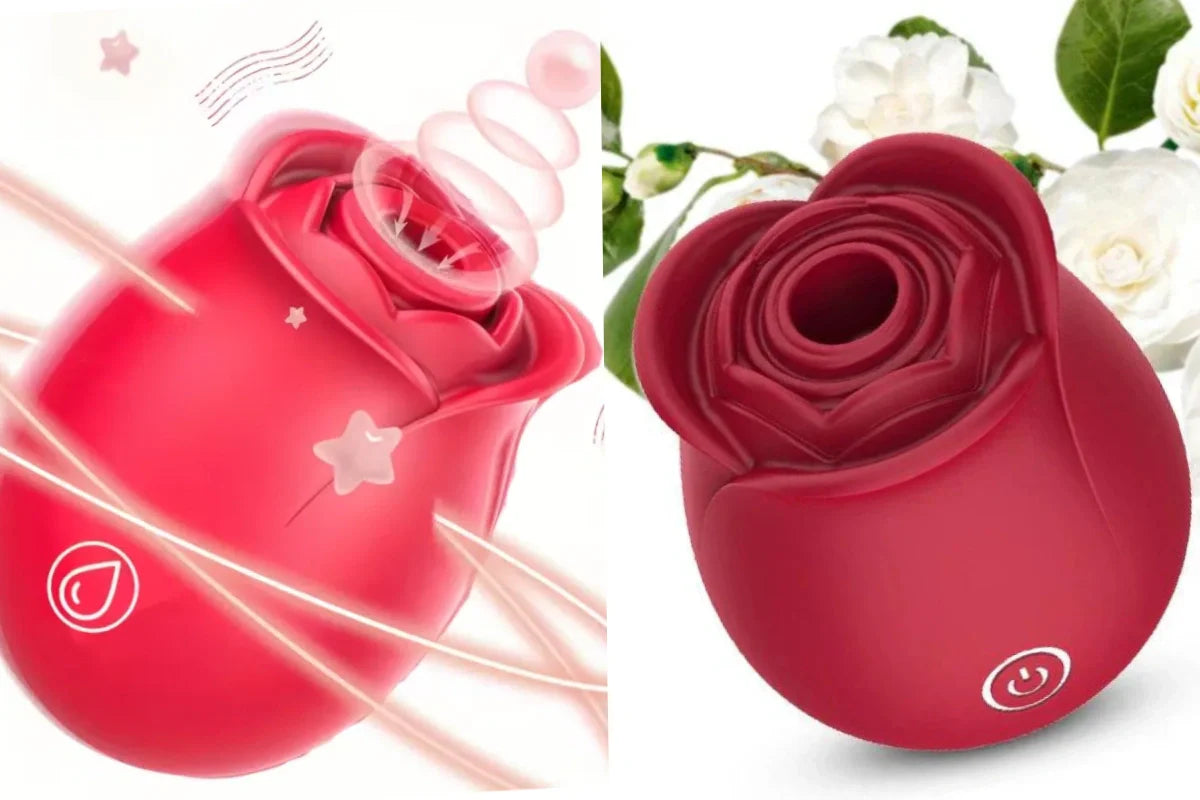Finding Vulva
Understanding the terminology surrounding female genitalia might initially seem perplexing, with terms like vulva, vagina, and clitoris. Let's begin by defining the vulva, as it encompasses the external parts.
The vulva is a complex assembly consisting of various components: the pubic mound, the labia majora and minora, the clitoris, the external opening of the urethra (often referred to as the pee hole), and the entrance to the vagina.
Notably, the vulva comes in diverse shapes and colors, with no two looking exactly alike. The beauty lies in this natural diversity, despite the portrayal by the porn industry suggesting a singular socially acceptable form for the vulva.
Labia & Clitoris
Now that we've defined the vulva, let's explore some elements that have garnered significant attention over time.
The labia, also known as the vaginal lips, consists of two parts folded together. The outer lip of the vulva is called the labia majora, while the inner lip is known as the labia minora. These components have often been subject to judgments of vulva aesthetics, which unfortunately, has led to societal perceptions of beauty standards.
Next is the clitoris, often considered a magical pleasure center situated between the folds of the labia. It's a concentrated area of immense pleasure that has spurred the creation of an entire industry around it, notably featuring various clit stimulation sex toys, like the rose clit sucking.
The clitoris is not merely the visible tiny portion, akin to the size of a pea, known as the clitoral hood. It extends deeper within the body, and it's worth noting its extensive structure beyond what meets the eye.
Another key area linked to sexual stimulation is the G-spot, considered part of the clitoris. Positioned approximately one inch inside the vagina, beneath the bladder, it boasts thousands of nerve endings, explaining the immense popularity and interest surrounding the clitoris and G-spot.

Where's the vagina?
It's evident that the terms "vulva" and "vagina" are often used interchangeably, despite their distinct locations and functions. So, where exactly is the vagina situated?
The vagina is a muscular canal situated internally, linking the uterus to the vulva. Apart from its reproductive roles, it also serves as the passage for menstrual flow.
In understanding female anatomy, it's important to note that the vagina is a mucous membrane capable of secreting and absorbing fluids more rapidly than the skin. This mucous membrane plays a vital role in protecting the body from infections and harbors a diverse mix of bacteria termed vaginal flora.
Remarkably, the vagina is self-cleansing, regularly expelling a combination of fluid and cells known as discharge. This natural process contributes to maintaining vaginal health.
Contrarily, the vulva functions as a protective outer structure for the uterus. Unlike the vagina, the vulva requires external cleaning as it does not expel any fluids naturally.
Wrap Up
While the vagina and vulva are separate structures, they share evident connections. The vaginal canal aids in childbirth and supports the menstrual cycle, while the vulva acts as a protective barrier, safeguarding the uterus with the assistance of the labia.
The intricacies of female anatomy are intriguing and merit attention to comprehend their functionality. Gaining knowledge about the various anatomical components of female genital organs is essential not just for accurate identification of potential issues but also for enhancing one's sexual experiences.
READ MORE
1.A Journey of Discovery to the G-Spot
2.Here's What You Need To Know About Female Pubic Hair Removal
3.Awakening Your Clitoris: Finding the Best Ways to Stimulate Your Clitoris
4.How to achieve the perfect multiple orgasm
5.How to Use a Vibrator to Achieve a Squirting Orgasm






